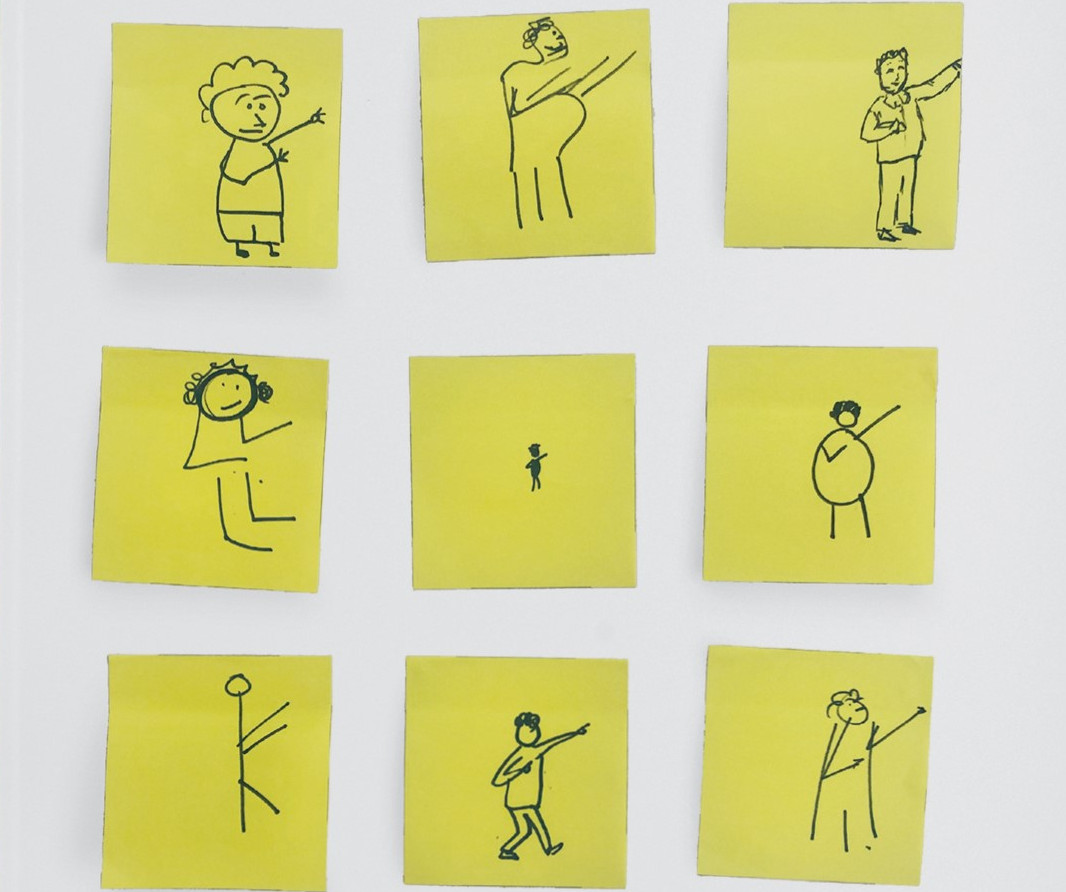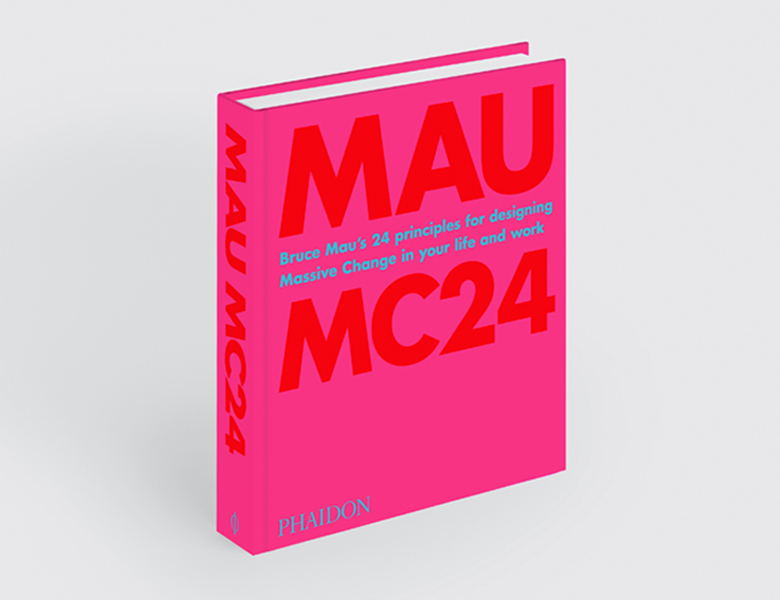
Bruce Mau Know How - Draw a Stick Man To Unlock a Big Idea
In Bruce Mau: MC24, the designer, thinker and educator argues that everyone can improve their thought processes through a simple sketch
Why do so many of us sketch, doodle and draw as children, only to give up such activities in later life? Bruce Mau has an idea. “Sketching embraces failure,” he writes in his new book, Bruce Mau: MC24.
You might not think that Mau has a great deal of experience with failure. He is chief design officer of Freeman, one of the world's largest brand-experience companies, and co-founder/CEO of Massive Change Network (MCN), a Chicago-based global design consultancy. He has applied the power of design to transforming the world, and the power of critical thinking to the design process.
His new book brings together 24 global, generous, and galvanizing principles to overhaul the way we think and to inspire massive change. One of these is entitled Sketch: Hey Everybody Let’s Fail!; and it’s here that he reveals that he too has “felt the sting of failure.”
“Our educational culture is obsessed with success, relentlessly punishing failure with embarrassment, extra work, and rejection. Our business schools groom for success. No wonder that almost everyone stops sketching at some point about the eighth grade,” he reasons. “We explore and learn by failing. We try things out and toss them away. In order to achieve the bright mountain top of success we need to make it through the dark valley of failure. Sketching is the pathway through the valley."
To prove his point, Mau hosts sketching workshops, where participants work with paper and quite thick pens; thick because Mau believes "a thick pen will protect you from detail.”
He begins with a simple exercise: to sketch Mau himself. “A simple stick figure is good enough to capture the idea,” he writes. “Two outcomes are immediately evident: 1) anyone can do it, contrary to what they believe. 2) we can see many ideas simultaneously, a way of looking at something from different points of view. In a few seconds we demonstrate the power of collective creativity.”
Mau follows this up with a slightly more challenging assignment: he strikes a pose and asks this workshop to sketch this too. “Once again we see the diversity of thinking about how to capture that gesture,” he writes. “Almost everyone focuses on my open mouth. I explain that by using that expression I was pulling their attention to focus on that feature. By exaggerating, we can bring an idea into the foreground.”
Next, he pushes things further, by asking everyone to close their eyes and draw a camel. “The results are often hilarious,” he recalls. “Once again, we see the power of the group. We see dozens of camels in minutes (some obviously testing the boundaries of ‘camelness’). What you will notice is that we all sketch the camel in profile. We are drawing on a vast file of icons in our minds that can be powerful shorthand for sketching ideas. Most importantly, what we discover is that not only can we all sketch, we can do it with our eyes closed.”
Finally, he asks his class to draw something quite abstract. “Sketch 75%,” he writes. “A number is not something you can look at, until you sketch it. The results of this exercise are very telling.
Visual thinkers will sketch a pie chart or some visual representation of 75%. Text-based thinkers will draw the numbers 75%. And abstract thinkers will draw a line that cuts the Post-it Note into the three-quarters and one quarter, or literally cut a quadrant out with scissors as in the example above.
Most importantly, we see that we can sketch ideas, abstractions, budgets, schedules—anything can be sketched and visualized and therefore shared easily. That is the power of sketching.”
Do you think you could apply this powerful technique to your life and work? Then consider getting a copy of Bruce Mau: MC24. Practical, playful, and critical, it equips readers with a tool kit to engender change on all scales, from the personal to the global.
